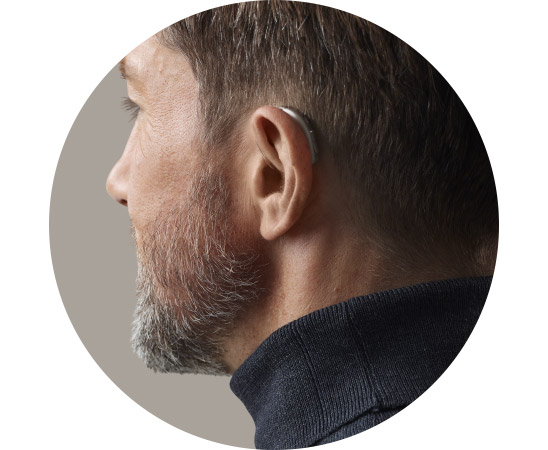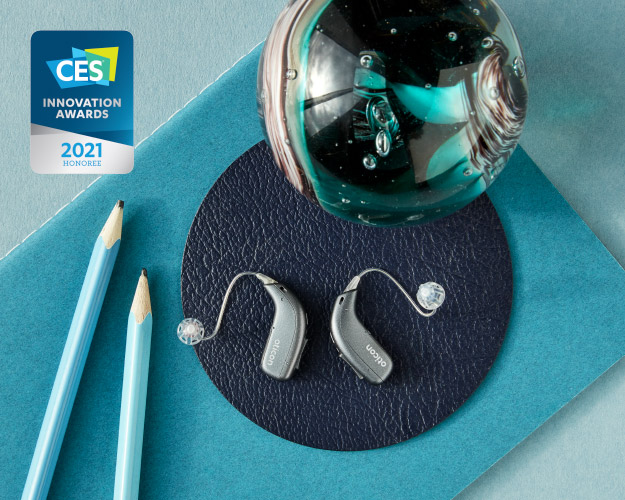What are behind the ear hearing aids?
As indicated by the name, hearing aids behind the ear have a design that allows the main body of the hearing aid to sit behind the ear. A clear, discreet tube is then connected to an ear mould or dome and placed inside the ear canal.
Hearing aids behind the ear are the most widely used types of hearing aids on the market today. Recently, they have become smaller (the same is true for in-the-ear hearing aids), more adaptable, and much more powerful.



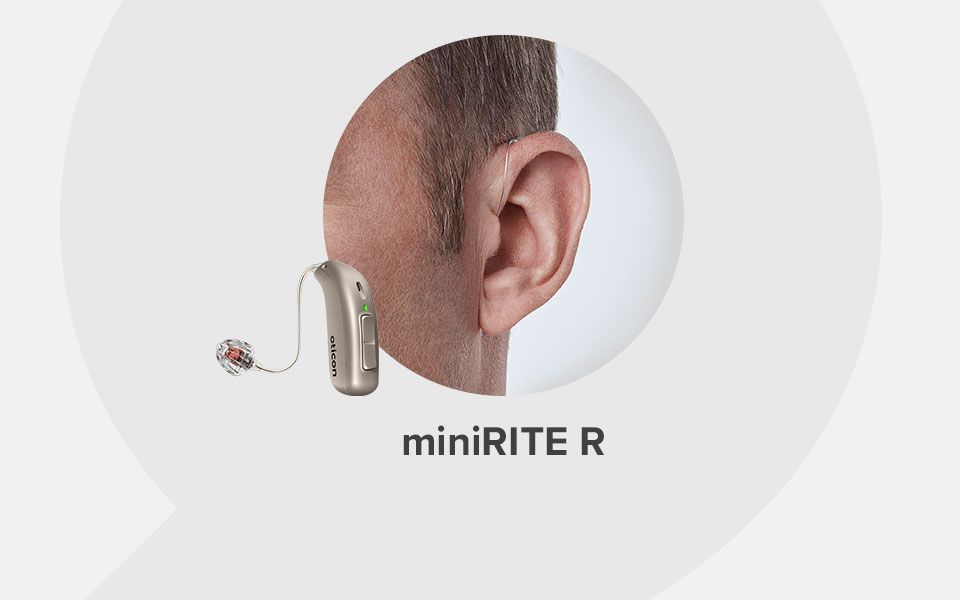
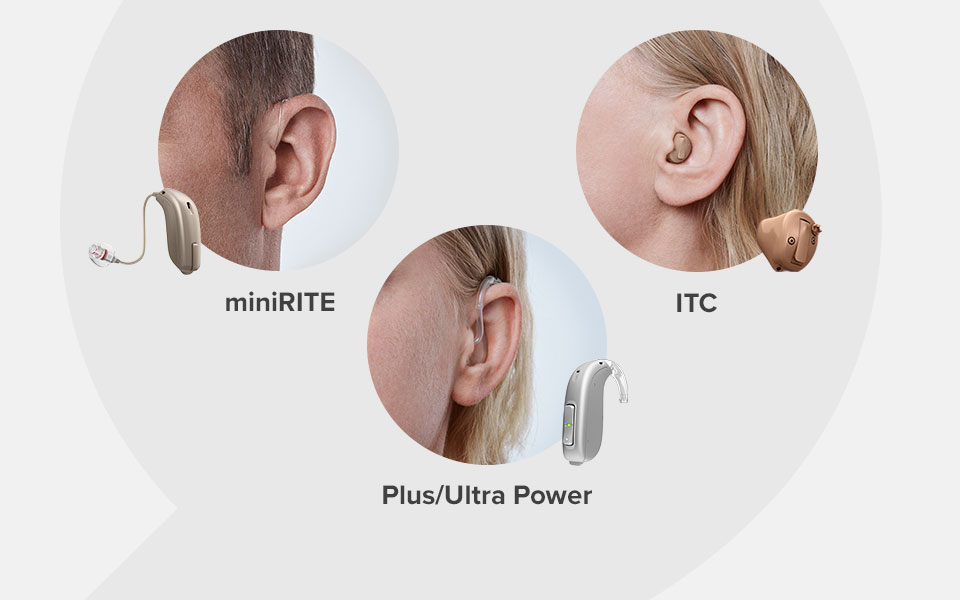
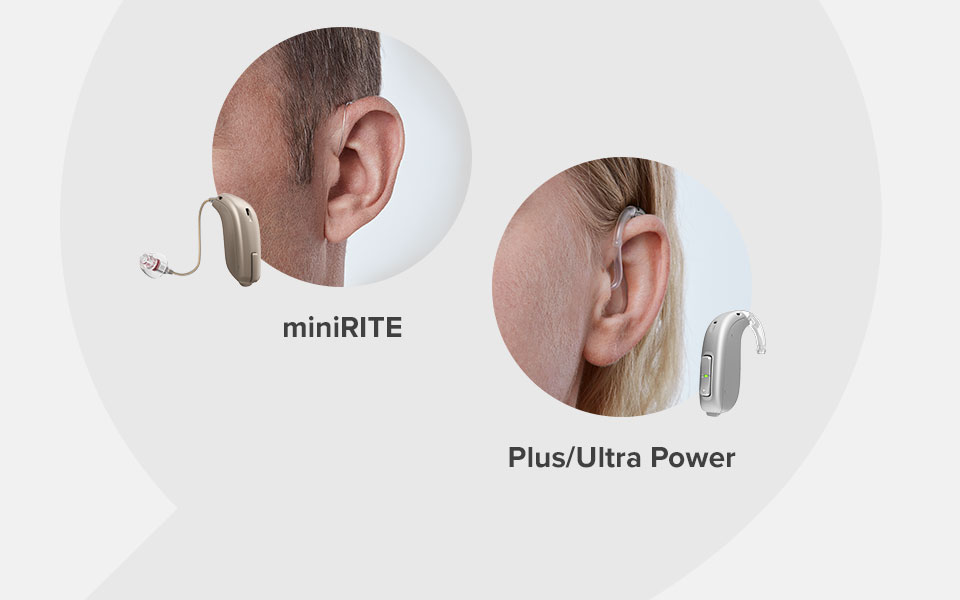
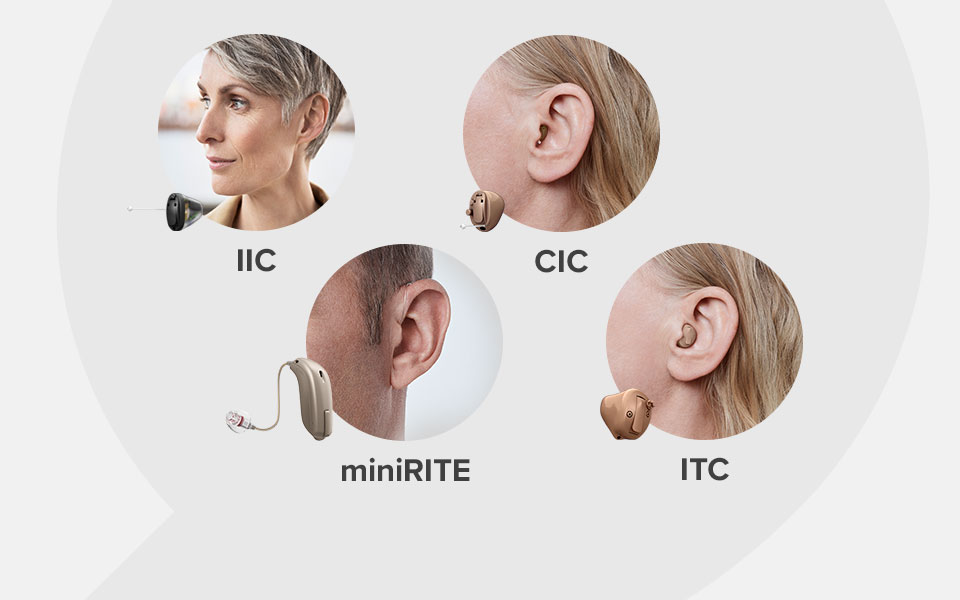
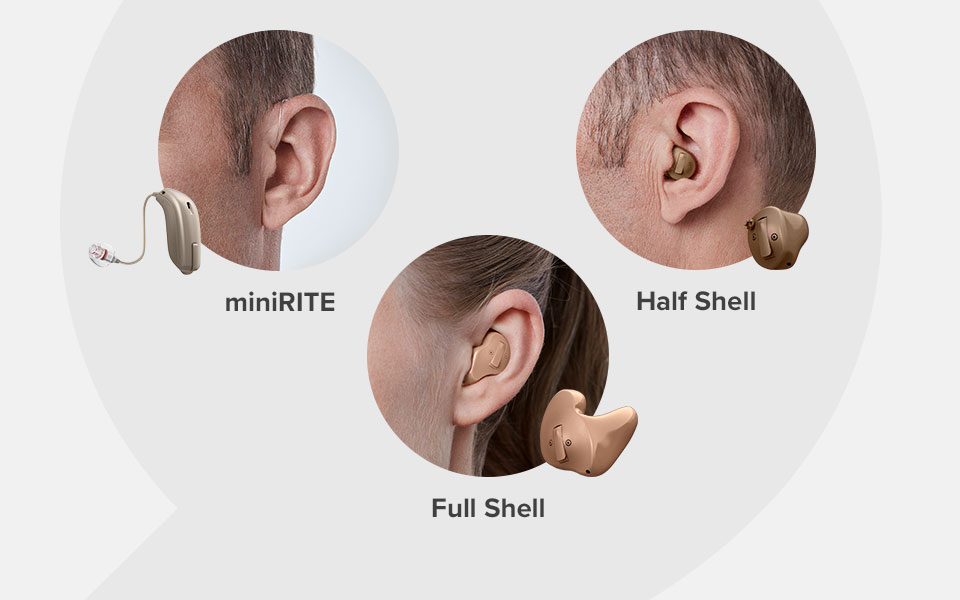
.jpg?rev=6c56e7cfcd9a4d10953aa896f6606de3)
